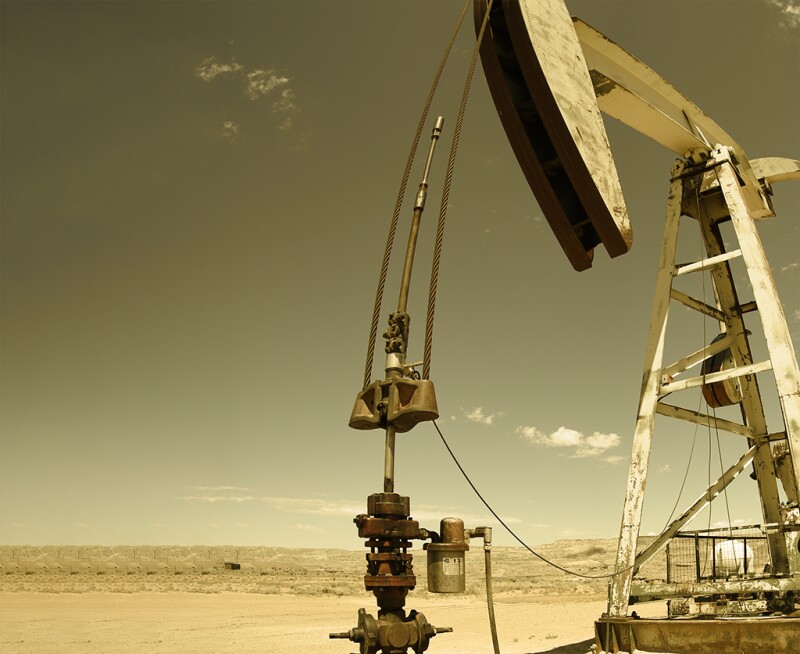The cyclic nature of the oil and gas business keeps the industry on its toes, waiting to respond to the ever-shifting market winds.
The industry currently finds itself in a time of high commodity prices and significant profits, but these positives are tempered by headwinds like oilfield inflation, politics, and more.
When it comes to navigating its future, the oil and gas industry should focus on what it can control, according to Richard Spears, vice president of Spears & Associates.
Speaking at the SPE Artificial Lift Conference and Exhibition on 25 August, Spears delivered his views on what the next 15 years of growth will look like and how the industry will do it during his keynote luncheon.
For the global artificial lift market, he projected an annual increase of 8% through 2025, up from $11 billion in 2022 to $14 billion.
Out of rod lift, progressing cavity pumps, hydraulic, gas lift, and plunger lift markets, it is the electrical submersible pump market that will see the greatest growth year-over-year, from $6 billion in 2022 to $6.7 billion in 2023, according to Spears.
Good News, Bad news
Growth requires capital and tough decisions on where to apply it.
“As you think about deploying capital, you probably have a list of good news and bad news that you're weighing to figure out whether you're going to invest in a company or to expand technology and innovation,” said Spears.
Positives he sees on that list are higher oil and gas prices, higher profits, and strong demand.
“I don’t care if oil prices are $90/bbl, or $100, or $120, anything over $65 is good news,” he said, noting that he sees a “strong demand for everything the industry makes: every molecule, every drill bit, and every sucker rod that the industry makes.”
Other positives including technology and the innovation in adapting existing technologies to deliver better results are helping the industry operate more efficiently and deliver dividends.
“Public company shareholders are getting paid dividends and [the industry is] earning back some of the trust from its investors over the last 20 years, because we did a terrible job about building trust with people putting money in oil and gas.”
Negatives are budget exhaustion and a lack of exploration, along with oilfield inflation and a lack of access to capital by oilfield service companies.
“If you're on the selling side in the oil field right now, especially on the drilling or completion side, the comment you'll hear frequently from the person on the other side of the desk is that we've actually exhausted the budget for the year,” he said.
“And I don't think I've ever heard that in the month of August. But surprisingly, as we were picking it up from our field guys, in the month of June.”
While “oilfield inflation is huge,” an equally significant issue is the lack of exploration spending, he said.
“Dawson Geophysical is a leading land geophysical service company in North America,” he said. “During COVID they generated $100 million in revenue thumping on the ground looking for new oil and gas reservoirs for E&P. During the difficult 2016, Dawson earned $130 million in revenue thumping on the ground on behalf of oil companies. This year? $25 million. The oil and gas industry is profitable, yet the amount of money being spent on geophysical is effectively $0.”
The impact of this lack of investment will be delayed, Spears said, adding that the industry has “8 years of places it can drill holes in the ground before it needs to go looking for new.”
Controllable Factors
Oil company and oilfield service company profits, along with dividends, technology advances, and innovation are the factors that the industry can control, according to Spears.
“Each of us can control the profitability of both sides of the desk: the oil company side and the service company side. We can control that,” he said. “We can control technology advances and how we innovate. And if we do a good job then we control dividends.”
Spears noted, “You want everybody on both sides to be profitable. The worst time in the industry is when somebody on one of the sides of the desk isn't profitable.”
This is not currently the case.
“It's a really great time in the industry. There's never been a time in the industry, and I don't care which side of the desk you're on, you will have not seen a time that has such sustained profitability,” he said.
“We’re at a time in the artificial lift industry where everything is up and to the right. Not every market segment in the oil field is up and to the right, but in the artificial lift industry, this is absolutely your opportunity to rise and shine.”


